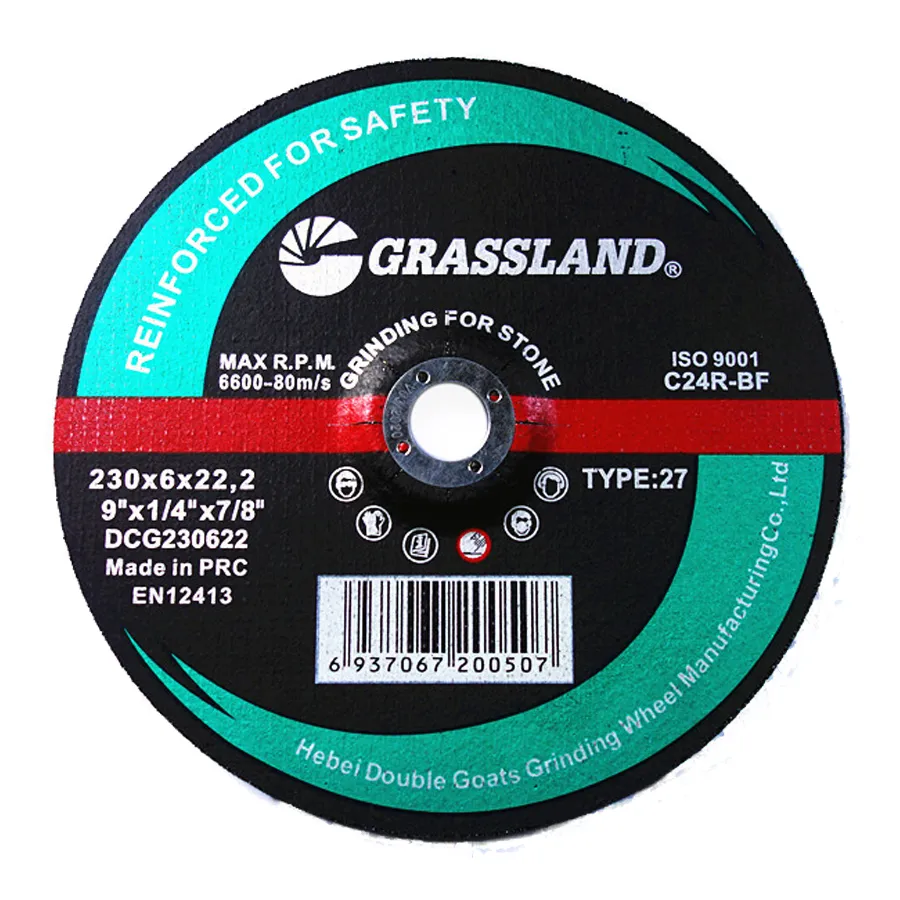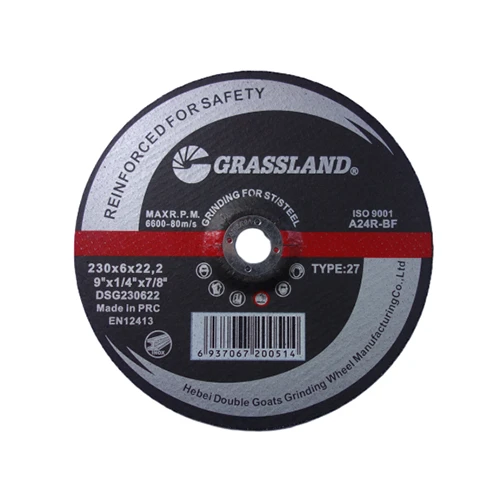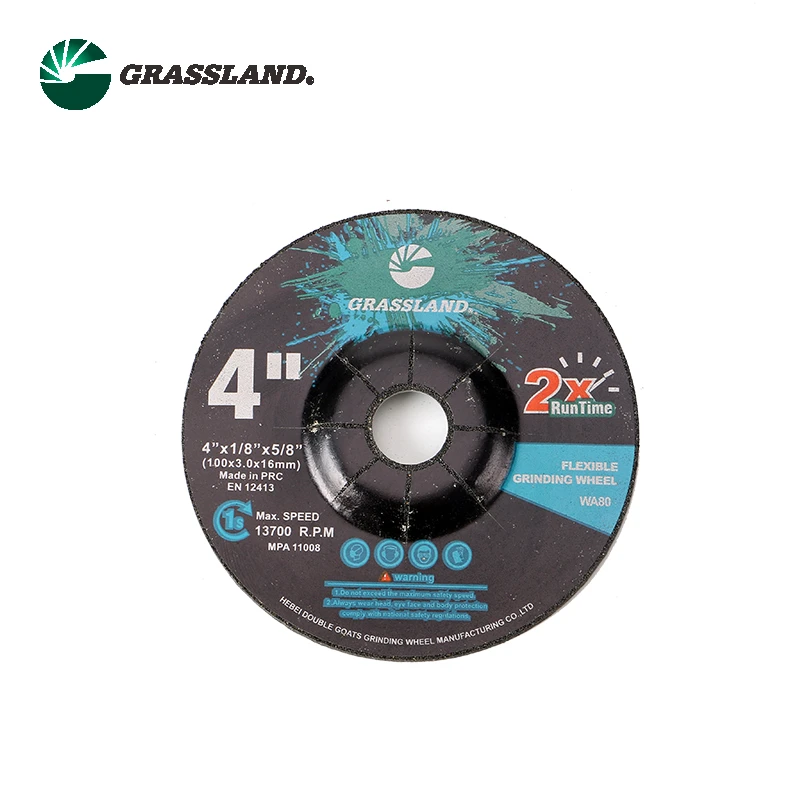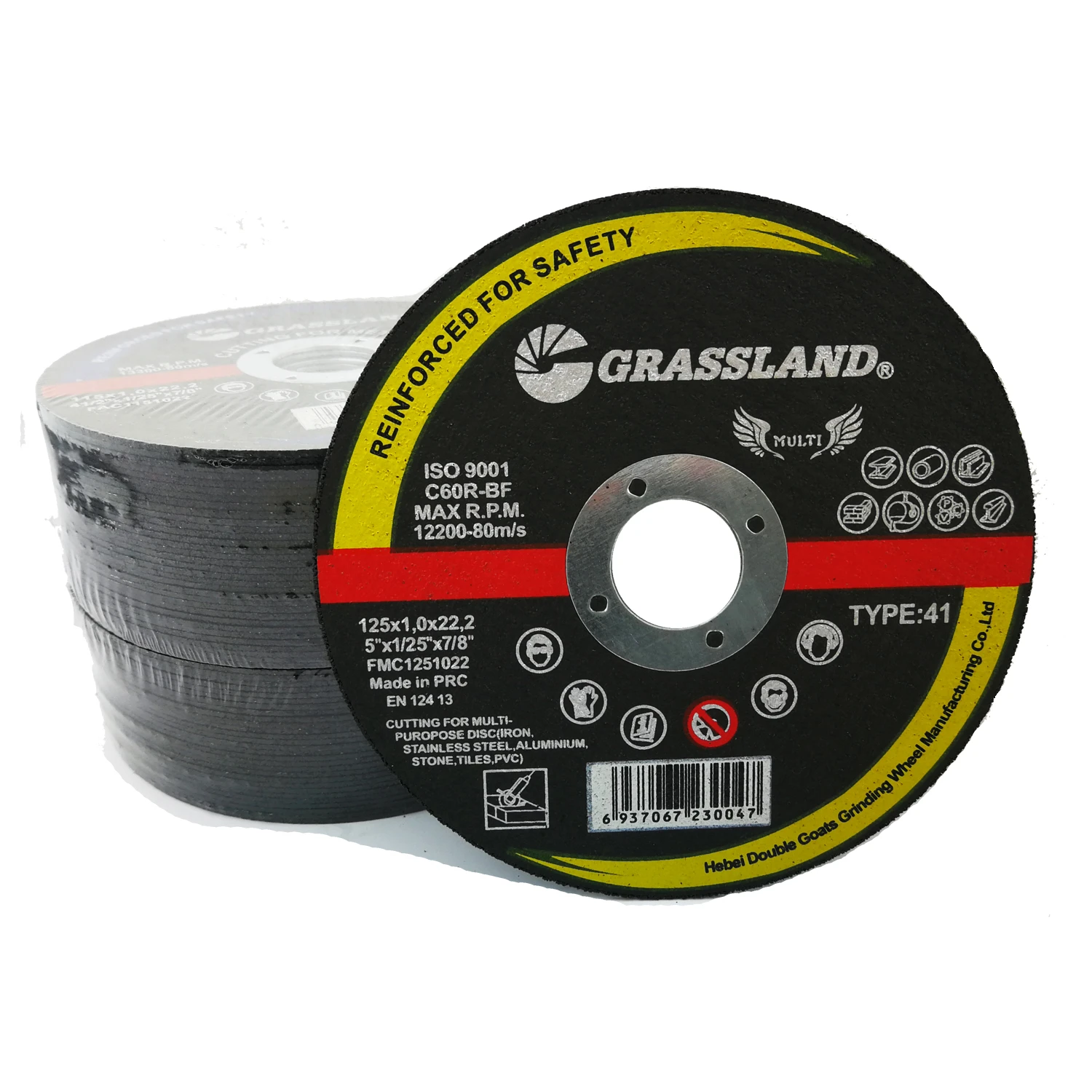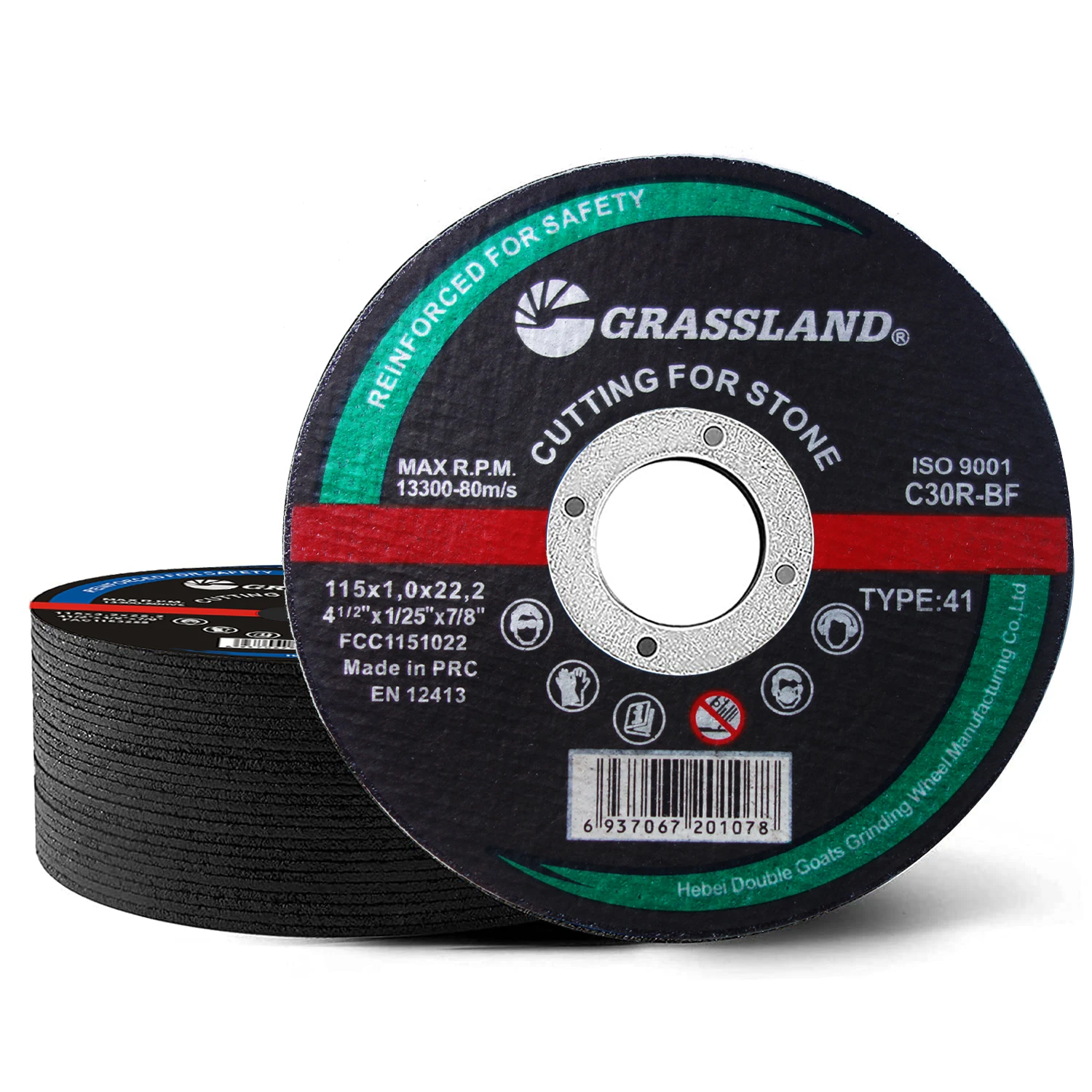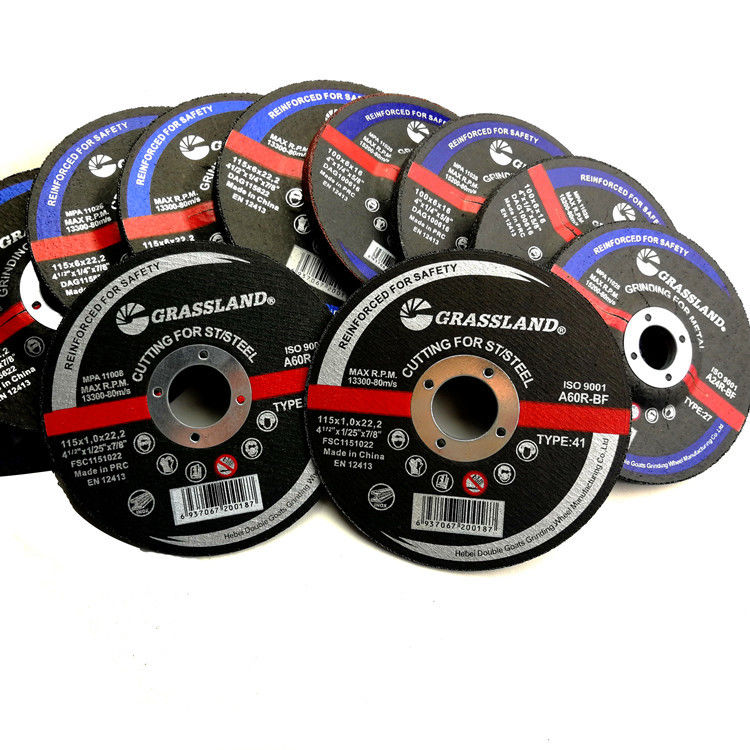Understanding Metal Grinding Discs for Concrete
When it comes to construction and renovation, the right tools can make all the difference. One essential tool that professionals and DIY enthusiasts alike rely upon is the metal grinding disc, especially when working on concrete surfaces. This practical accessory serves multiple purposes, from smoothing out rough edges to preparing surfaces for finishing. Understanding how to choose and utilize metal grinding discs effectively can enhance your project results significantly.
What are Metal Grinding Discs?
Metal grinding discs, also known as metal grinding wheels, are circular tools made of abrasive materials that are designed to be attached to angle grinders. These discs are engineered to grind, cut, or polish metal surfaces and are also effective on concrete. The abrasive material, typically a combination of aluminum oxide, silicon carbide, or diamond particles, creates a rough surface that effectively removes material from hard surfaces like concrete.
Types of Metal Grinding Discs
There are several types of metal grinding discs available, each designed for specific applications
1. Flat Grinding Discs These are used for general-purpose grinding and surface leveling. They are ideal for removing welds or smoothing surfaces.
2. Depressed Center Grinding Discs These are designed for grinding on flat surfaces while allowing for a deep cut. Their unique shape helps in reaching tighter spaces.
3. Diamond Grinding Discs As the name suggests, these discs are embedded with diamond particles and are perfect for cutting through tough concrete surfaces. They provide longer-lasting performance compared to traditional abrasive disks.
4. Ceramic and Alumina Abrasive Discs These are known for their durability and efficiency. They are ideal for heavy-duty applications and can handle extreme grinding tasks.
Selecting the Right Metal Grinding Disc
metal grinding disc on concrete
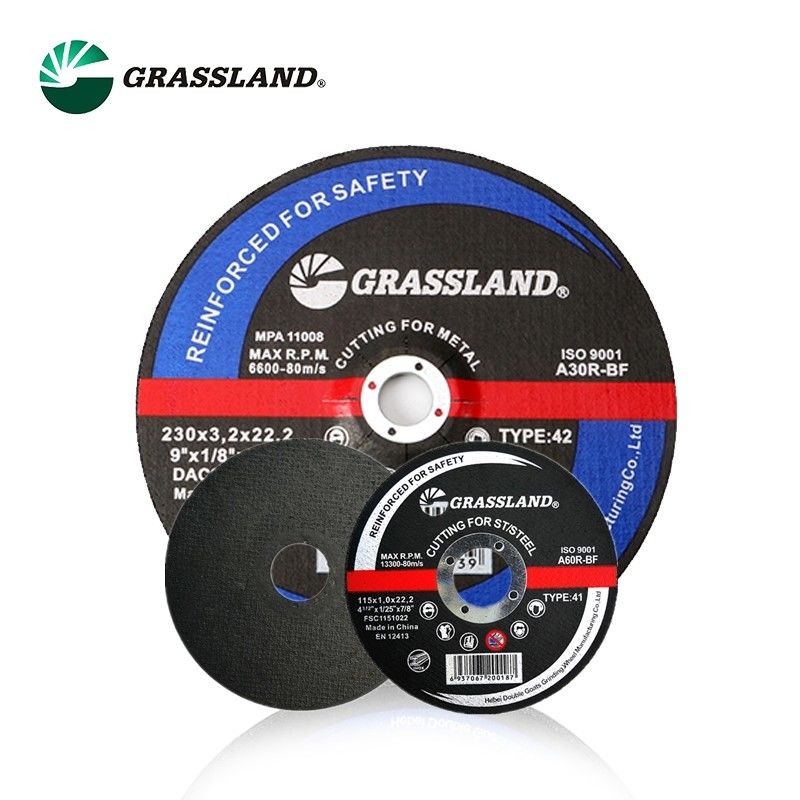
When choosing a metal grinding disc for concrete, several factors should be taken into consideration
- Material Ensure that the disc is made for the specific material you’re working with. For concrete, discs with diamond particles or hard abrasives perform best. - Grit Size The grit size of the disc determines how coarse or fine the surface finish will be. Higher grit numbers are used for finishing work, while lower numbers are better for aggressive material removal.
- Diameter The size of the grinding disc must match the specifications of your angle grinder. Common sizes range from 4.5 inches to 9 inches, depending on the power of the tool and the scope of the project.
- RPM Rating Check the revolutions per minute (RPM) rating on the disc and ensure it is appropriate for your grinder. Running a disc at a higher speed than its rating can lead to breakage and potentially dangerous situations.
Safety Precautions
Using metal grinding discs, especially on concrete, requires attention to safety. Always wear appropriate protective gear, including safety glasses, gloves, and dust masks, to guard against flying debris and inhalation of dust particles. Secure your workpiece and ensure your workspace is free from unnecessary clutter to reduce the risk of accidents.
Application Tips
- Start with a coarse disc to remove significant imperfections, then switch to finer discs for a smoother finish. - Keep the angle grinder moving to prevent heat buildup in one area, which can lead to uneven surfaces or damage to the disc. - Apply moderate pressure. Too much force can wear out the disc prematurely or lead to accidents.
Conclusion
Metal grinding discs are invaluable tools for anyone working with concrete, offering the versatility to handle various tasks from shaping and smoothing to polishing. By understanding the types, selection criteria, and safety protocols associated with these discs, users can achieve professional-grade outcomes in their projects. As with any tool, practice and experience will build efficiency, allowing you to harness the full potential of metal grinding discs effectively.
Post time:Dec - 26 - 2024







